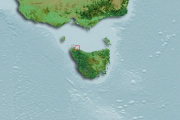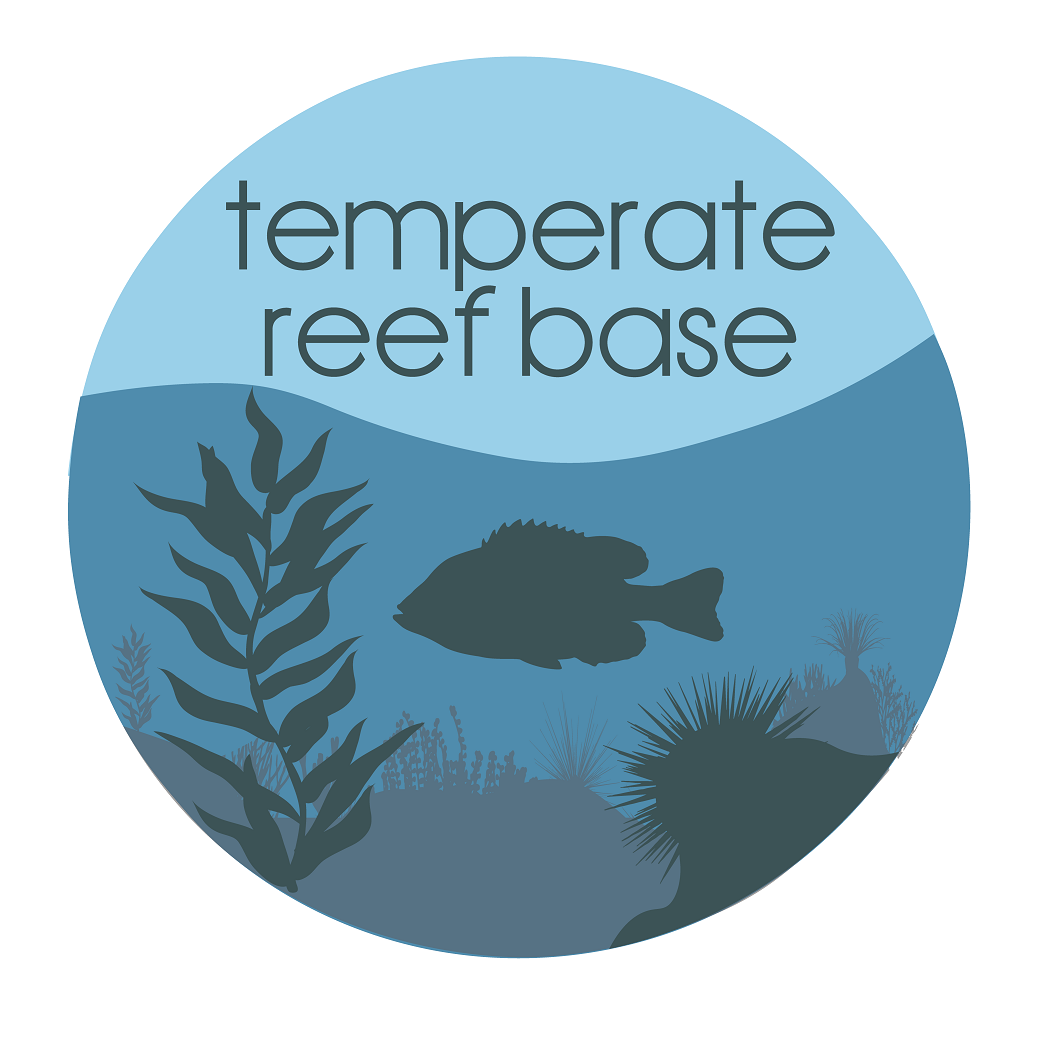2011
Type of resources
Topics
Keywords
Contact for the resource
Provided by
Years
-
The main aim of this research program was to determine the potential for reducing the density of urchins to encourage the return of seaweeds and an improvement in urchin roe quality and quantity from remaining urchins. Tasmanian Sea Urchin Developments used two widely-separated sub-tidal experimental lease areas. One of these areas was at Meredith Point, on the east coast, and the other at Hope Island, on the south coast. Both sites had been subject to some overgrazing by urchins. At Meredith Point, the study area was divided into plots containing urchins at three densities: artificially enhanced, continually harvested and control (undisturbed). At Hope Island, controlled clearings of urchins and limpets from barrens areas were conducted. Recovery of vegetation was monitored as well as urchin roe quality and quantity. The data represented by this record was collected at Meredith Point.
-

Water quality and biological data was collected from four tide-dominated river estuaries indicative of catchments with varying levels of human impacts to: 1) assess draft indicator levels for water quality, and 2) investigate biological indicators of estuarine health in NW Tasmania. The data represented by this record was collected in the Detention River.
-
A 12-month program was developed and implemented in order to obtain baseline information on water quality (salinity, water temperature, dissolved oxygen, turbidity, pH, dissolved nutrients, silica), ecological condition as shown by Chlorophyll a, benthic macroinvertebrates, pathogens, and habitat extent determined from habitat mapping. Five key estuaries and coastal waters were assessed in the Southern NRM Region of Tasmania. The data represented by this record was collected in Little Swanport.
-
Water quality and biological data was collected from four tide-dominated river estuaries indicative of catchments with varying levels of human impacts to: 1) assess draft indicator levels for water quality, and 2) investigate biological indicators of estuarine health in NW Tasmania. The data represented by this record was collected in the Montagu River.
-
Water quality and biological data was collected from four tide-dominated river estuaries indicative of catchments with varying levels of human impacts to: 1) assess draft indicator levels for water quality, and 2) investigate biological indicators of estuarine health in NW Tasmania. The data represented by this record was collected in the Black River.
-
We implemented a monitoring program developed by Crawford and White (2006), which was designed to assess the current condition of six key estuaries in NW Tasmania: Port Sorell, the Leven, Inglis, Black, Montagu and Arthur River estuaries. This study considered a range of water quality and ecological indictors commonly used to monitor estuaries. These included: salinity, temperature, dissolved oxygen, turbidity, pH, nutrients (nitrate + nitrite, dissolved reactive phosphorus and ammonia), silica molybdate reactive and chlorophyll a for the water column; chlorophyll a and macroinvertebrate community structure amongst the sediments. The data represented by this record was collected in Arthur River.
-
We implemented a monitoring program developed by Crawford and White (2006), which was designed to assess the current condition of six key estuaries in NW Tasmania: Port Sorell, the Leven, Inglis, Black, Montagu and Arthur River estuaries. This study considered a range of water quality and ecological indictors commonly used to monitor estuaries. These included: salinity, temperature, dissolved oxygen, turbidity, pH, nutrients (nitrate + nitrite, dissolved reactive phosphorus and ammonia), silica molybdate reactive and chlorophyll a for the water column; chlorophyll a and macroinvertebrate community structure amongst the sediments. The data represented by this record was collected in Inglis River.
-
Data is PCR amplification results of southern rock lobster (Jasus edwardsii) faecal material tested for sea urchin DNA (using unique primers for Centrostephanus rodgersii and Heliocidaris erythrogramma) in an attempt to determine in situ rates of consumption of sea urchins by lobsters. An efficient and non-lethal method was used to source and screen lobster faecal samples for the presence of DNA from ecologically important sea urchins. Lobster faecal samples were collected from trap caught specimens sourced in winter & summer seasons over 2 years (2009-2011) within two no-take research reserves; declared specifically for the purpose of rebuilding large predatory-capable lobsters to assess the potential for predator-driven remediation of kelp beds on rocky reefs extensively overgrazed by sea urchins (North Eastern Tasmania) and reefs showing initial signs of overgrazing (South Eastern Tasmania). Data for molecular assays showed high variability in the proportion of lobsters testing positive to sea urchins, with significant variability detected across different years and seasons but this was found to vary depending on different lobster size-classes. Sea urchin DNA was also amplifiable from sediments and urchin faeces collected from the reef surface where urchins occurred in high abundance. Furthermore, positive sea urchin DNA assays were obtainable from lobster faeces after lobsteres were fed sediment and urchin faecal material. Rates of predation obtained with genetics tests can also be compared to independent rates of urchin losses given known lobster abundances within research reserves (and at control sites). Data of changes in urchin abundances and lobster abundances are therefore also lodged as part of this record.
-
This study considered a range of water-column and sediment (benthos) based variables commonly used to monitor estuaries,utilising estuaries on the North-West Coast of Tasmania (Duck, Montagu, Detention, and Black River). These included: salinity, dissolved oxygen, turbidity, nutrient and chlorophyll a levels for the water-column; and sediment redox, organic carbon content, chlorophyll a and macroinvertebrate community structure amongst the benthos. In addition to comparing reference with impacted estuaries, comparisons were also made across seasons, commensurate with seasonal changes in freshwater river input, and between regions within estuaries (upper and lower reaches) - previously identified in Hirst et al. (2005). This design enabled us to examine whether the detection of impacts (i.e. differences between reference and impacted systems) was contingent on the time and location of sampling or independent of these factors. The data represented by this record was collected in the Montagu River.
-
We implemented a monitoring program developed by Crawford and White (2006), which was designed to assess the current condition of six key estuaries in NW Tasmania: Port Sorell, the Leven, Inglis, Black, Montagu and Arthur River estuaries. This study considered a range of water quality and ecological indictors commonly used to monitor estuaries. These included: salinity, temperature, dissolved oxygen, turbidity, pH, nutrients (nitrate + nitrite, dissolved reactive phosphorus and ammonia), silica molybdate reactive and chlorophyll a for the water column; chlorophyll a and macroinvertebrate community structure amongst the sediments. The data represented by this record was collected in Black River.
 TemperateReefBase Geonetwork Catalogue
TemperateReefBase Geonetwork Catalogue